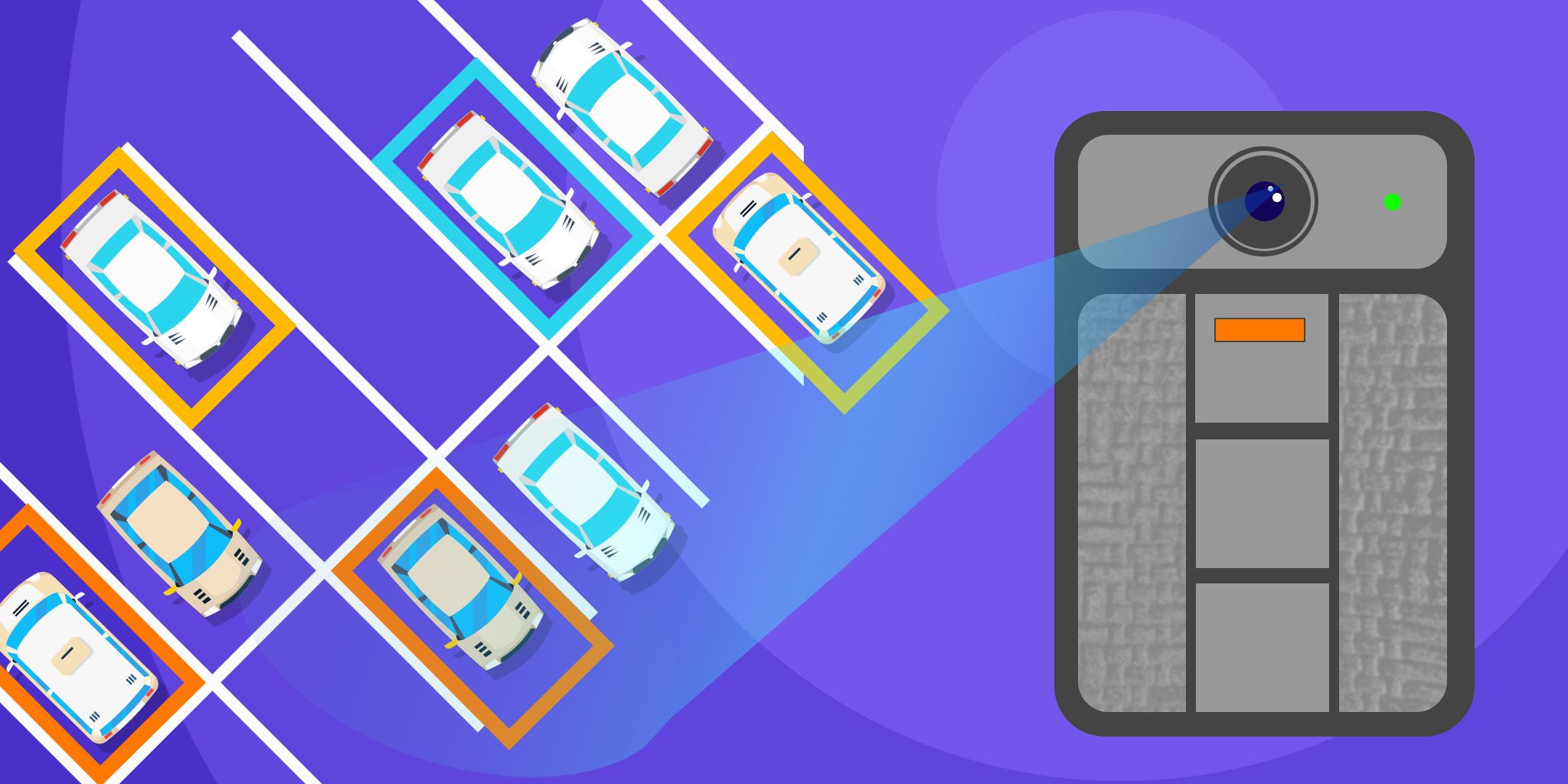Automotive Manufacturing and Advanced Artificial Intelligence
Automotive Manufacturing and Advanced Artificial Intelligence
- Last Updated: December 2, 2024
Eigen Innovations Inc.
- Last Updated: December 2, 2024



Over the last several weeks, there have been a couple of major announcements from two of the world’s largest automotive brands that show how IoT can help them avoid recalls and warranty claims.
Announcements
After conducting several years of its own research and testing, the first came from GM, who announced that it recalls six million vehicles in the U.S. after the National Highway Traffic Safety Administration denied its recall appeal, saying the carmaker had not established the recall was unnecessary.
The most recent came from Ford, which announced it took steps to rein in rising warranty costs. Part of the new plan to offset these costs involves the company charging suppliers upfront for half of the cost of warranty-related issues.
By taking a more proactive, tech-driven approach during manufacturing, companies may be able to make recalls, and warranty claims a thing of the past.
In both these cases, there’s obviously a lot at stake. First and foremost, it’s the safety of drivers and passengers in the vehicles. Second, it’s the damage to the OEMs’ brands when massive recalls or spikes in warranty claims occur. And finally, it's the financial hit that these companies take––which Ford is now saying will be shared with its suppliers––a reality that will undoubtedly have a severe impact on valuation and shareholder return.
In both of these cases, there’s an important part of the story that's missing. What are automotive manufacturers, OEMs, and suppliers, doing to prevent issues like recalls and warranty claims from happening at all?
Have airbag manufacturers developed new testing protocols? Are manufacturers and OEMs using the latest technology to detect and avoid these issues, or are they helping them limit the scope of this type of recall? And for Ford, how are they calculating the distribution in the responsibility of the costs? Does pushing prices back to part manufacturers truly represent a renewed focus on quality?
Proactive Over Reactive
How about getting proactive instead of being reactive?
On top of the cost of recalls, automotive brands and parts suppliers undoubtedly invest a significant amount of money conducting their own tests, not to mention legal fees. And rather than investing time and resources to create and manage a complicated warranty cost-sharing program, could manufacturers work with suppliers to test new technologies to eliminate issues during manufacturing and assembly that could massively reduce warranty claims?
Instead of stop-gap measures, the adoption of AI and Machine Learning technologies could help manufacturers shift from being reactive to proactive––an investment that could save significant money over the short and long terms.
Let’s explore some of the features and benefits that current technology and an advanced vision solution can provide.
Data Capture for Every Part
With critical parts like those manufactured for vehicles, inspection and data on every aspect are essential. An advanced AI vision platform features the latest camera/imaging technology to capture each part's high-resolution images and collects other critical sensor and machine data.
All of the image and process data collected for each part is assigned a unique identifier and available via our online platform for complete traceability. That means manufacturers can execute root cause analysis when an issue occurs because the data was at their fingertips instead of before when they had to access various data sources, and pulling exactly what they needed was cumbersome and highly manual.
Truly Meaningful Data
As raw data doesn’t lend itself to scalable AI deployments within industrial manufacturing applications, advanced vision platforms are designed to allow the end-users to focus on the most important data, or put simply, to see what was impossible to see before. Advanced vision platforms also normalize the data, allowing the end-users to compare apples to apples across multiple machines and lines. This is critical when they look to scale the technology across multiple sites.
A seamless feedback loop accelerates the process for AI model training, eliminating the requirement for large datasets. Once ready, the user is in control. They can unlock the value of AI at their pace and integrate the solution to their industrial platform of choice, automating the process's decision-making.
Continuous Learning & Improvement
Advanced AI Vision platforms don’t stop there. They serve as a collaborative monitoring and improvement tool that provides users with the ability to track and share the models' results in production.
Manufacturers also use the toolset to find the sweet spot between producing acceptable products vs. maintaining a baseline of throughput regardless of the quality output. They continuously learn about their process, allowing them to get better always, and in the event there is an issue, get to resolution much faster. Previously unavailable machine and process data is a click of a mouse or tap of the screen away, empowering manufacturers to solve some of their most complex problems. While pushing technology adoption may appear self-serving, the ongoing pandemic has been a wake-up call for manufacturers––especially the laggards. Various studies find that companies adopting tech more quickly are bouncing back faster and not just returning to previous revenue levels but achieving revenue growth.
For automotive manufacturers (all large-scale manufacturers), it’s time to shift into high gear and get proactive about making recalls and warranty issues a fading image in their rear view mirrors.
The Most Comprehensive IoT Newsletter for Enterprises
Showcasing the highest-quality content, resources, news, and insights from the world of the Internet of Things. Subscribe to remain informed and up-to-date.
New Podcast Episode

Moving Past the Pilot Phase in IoT and AI
Related Articles





